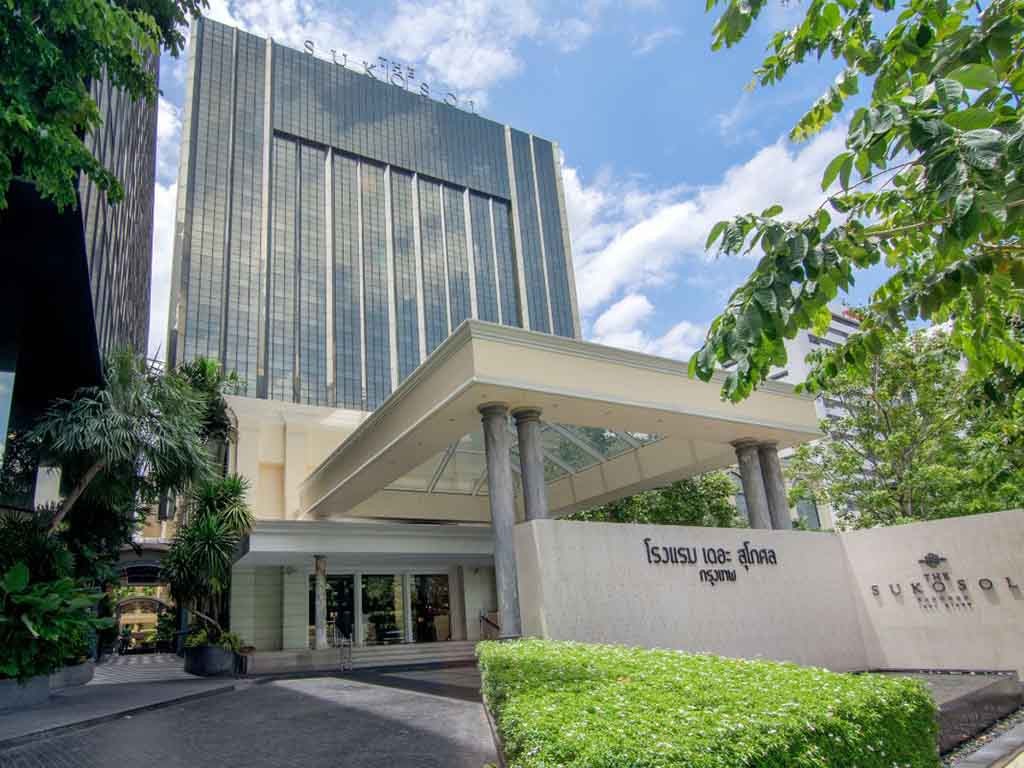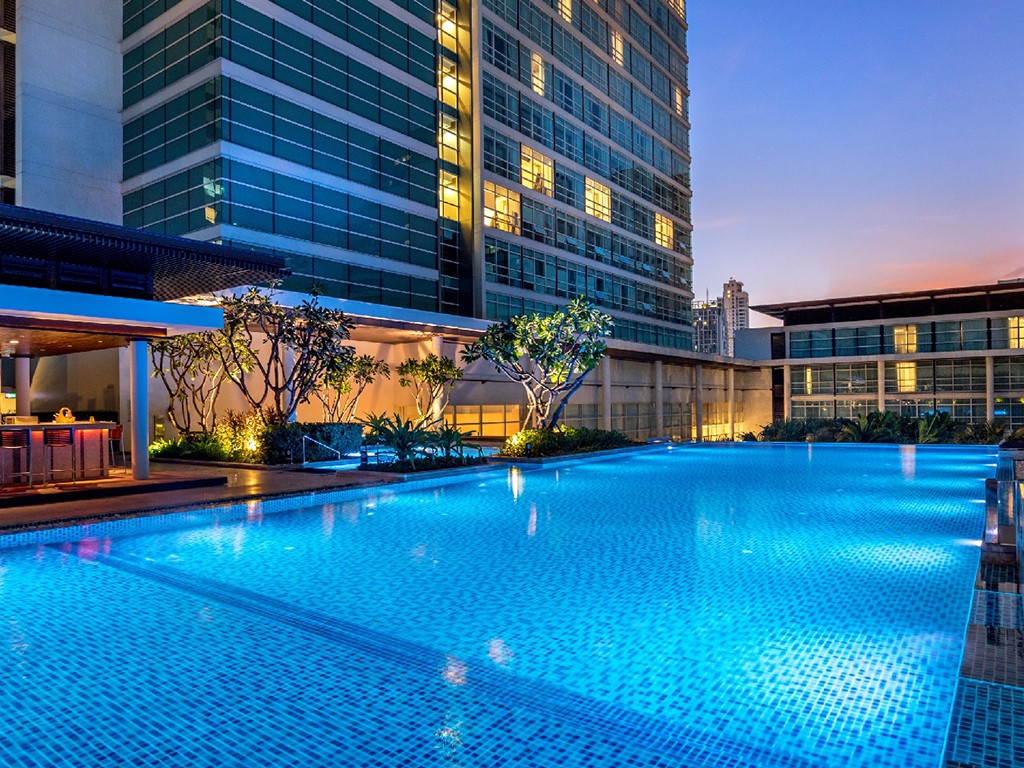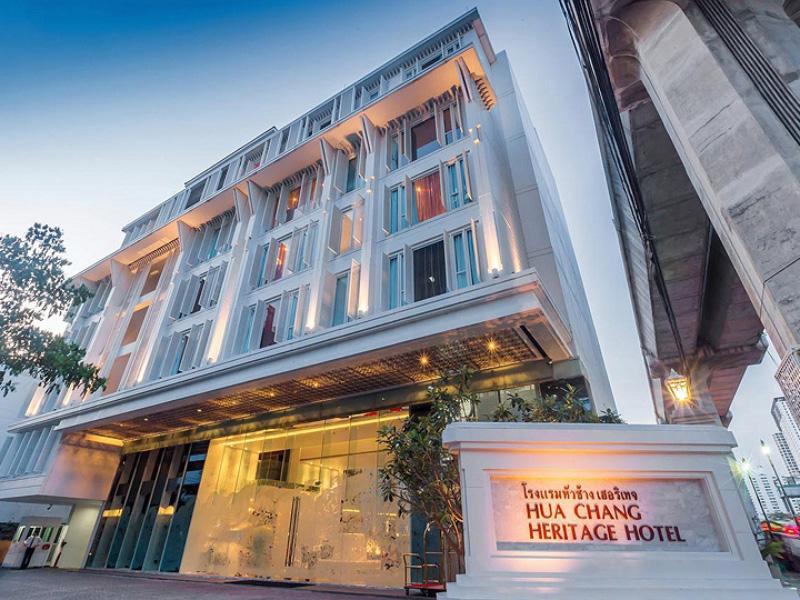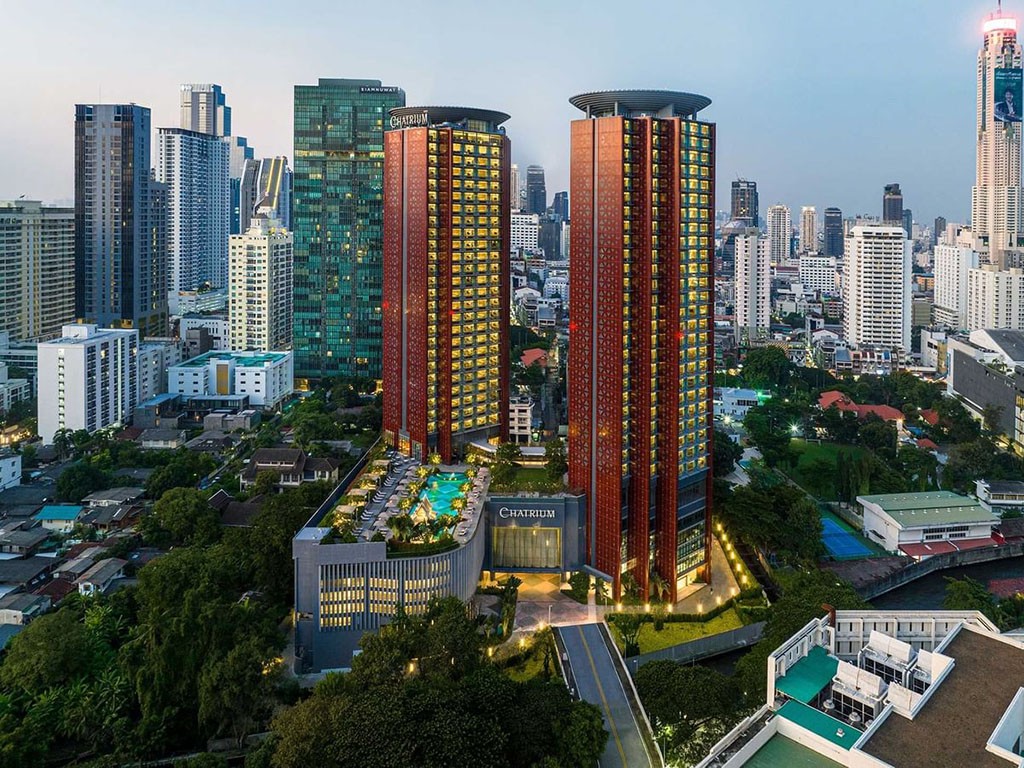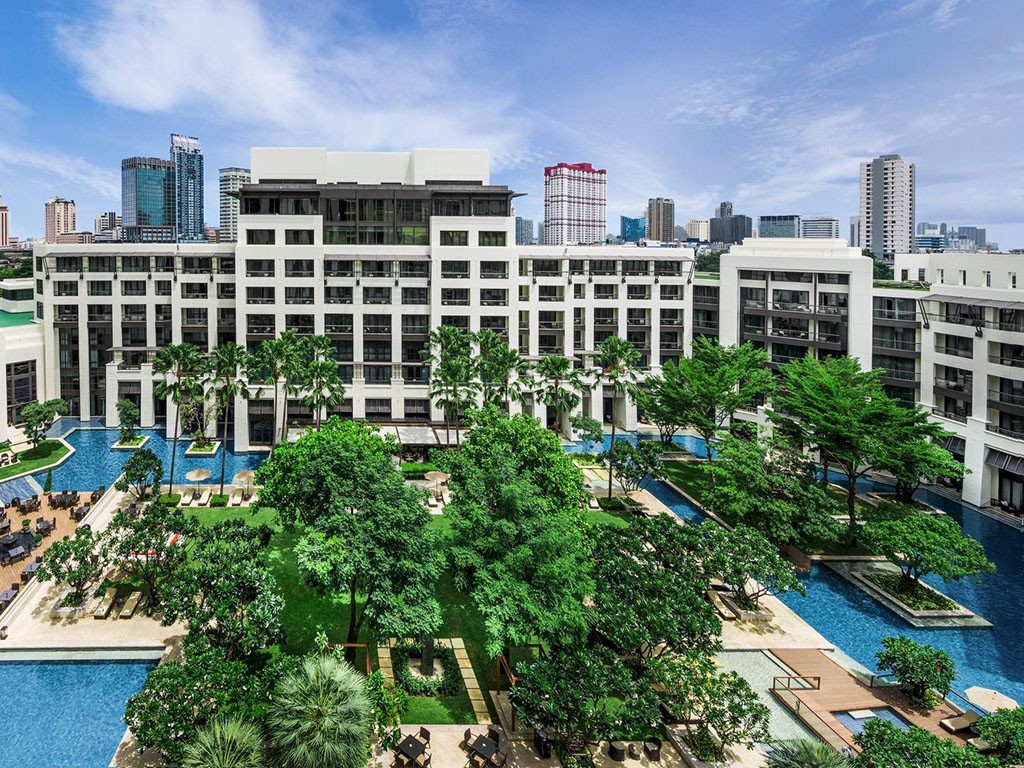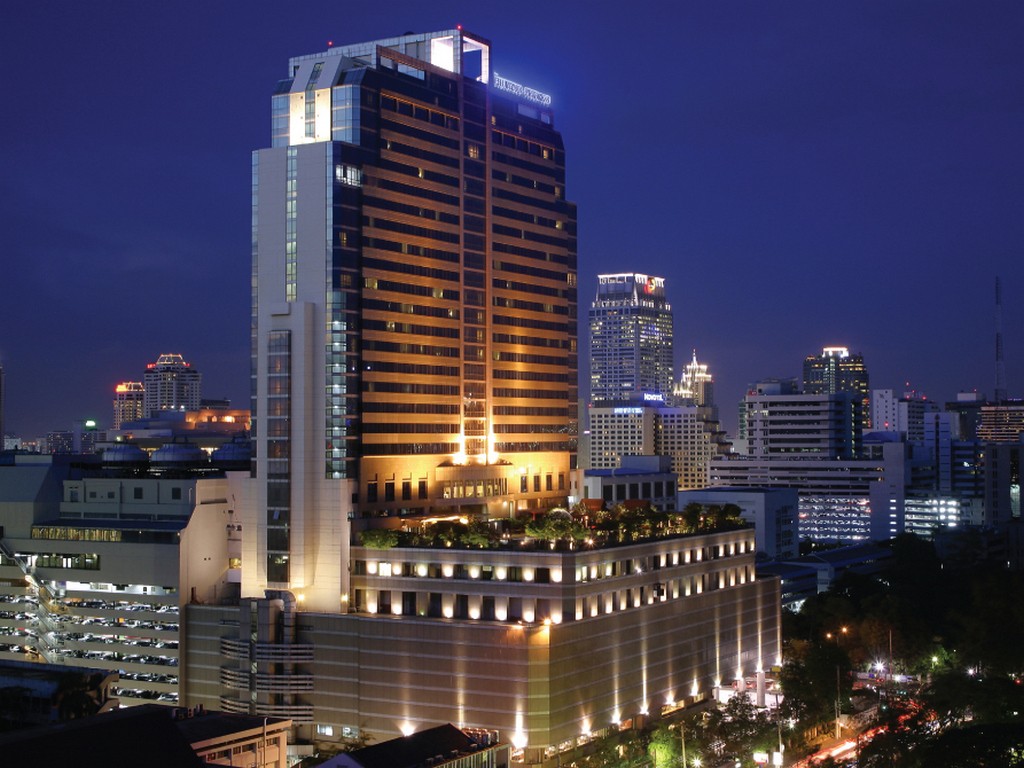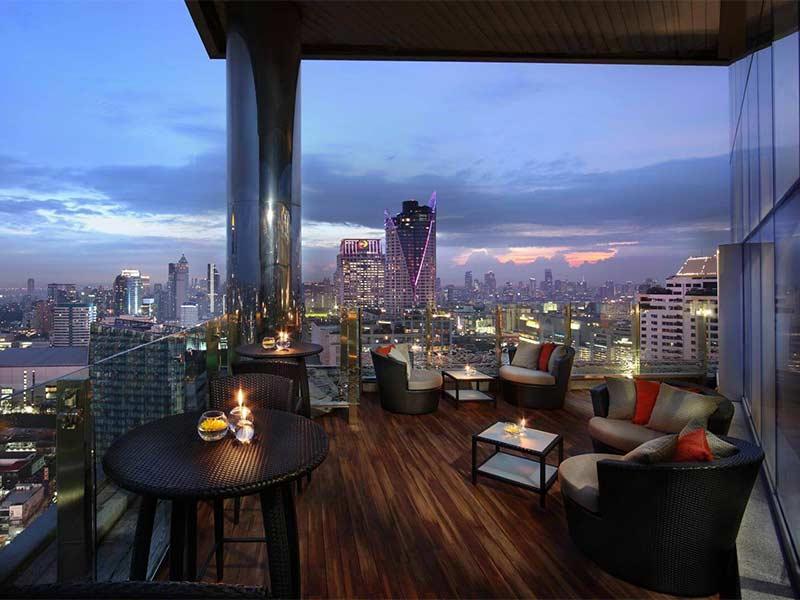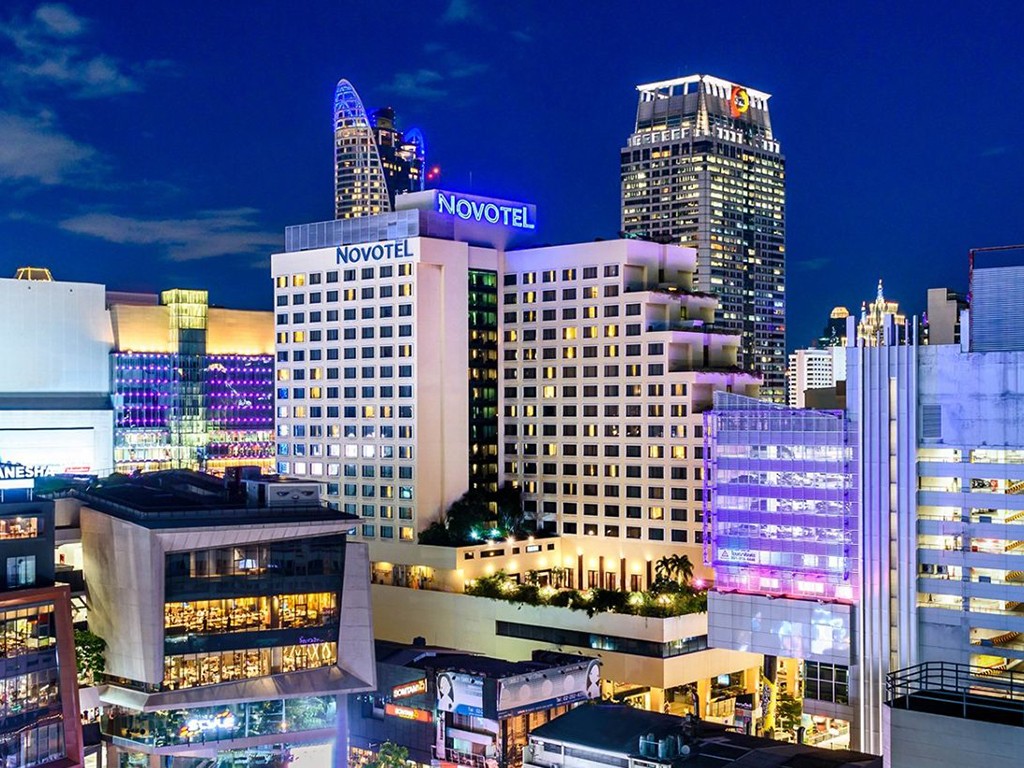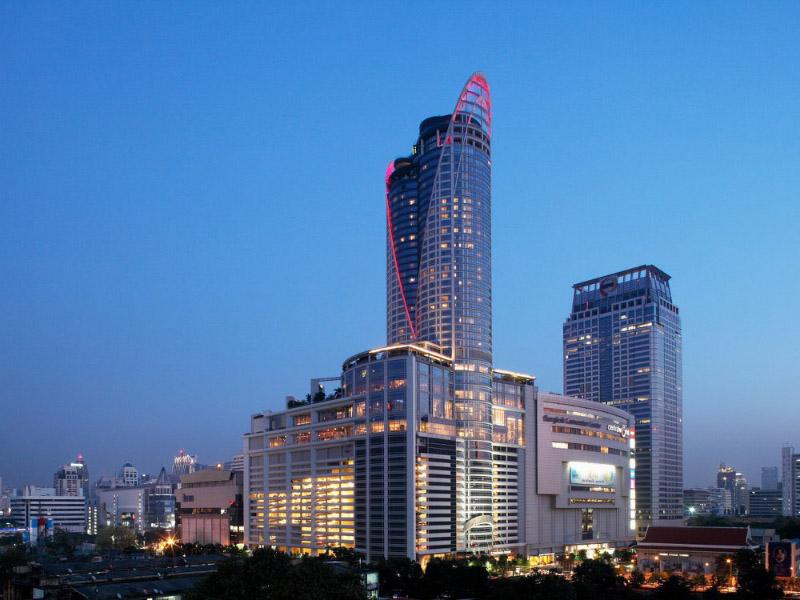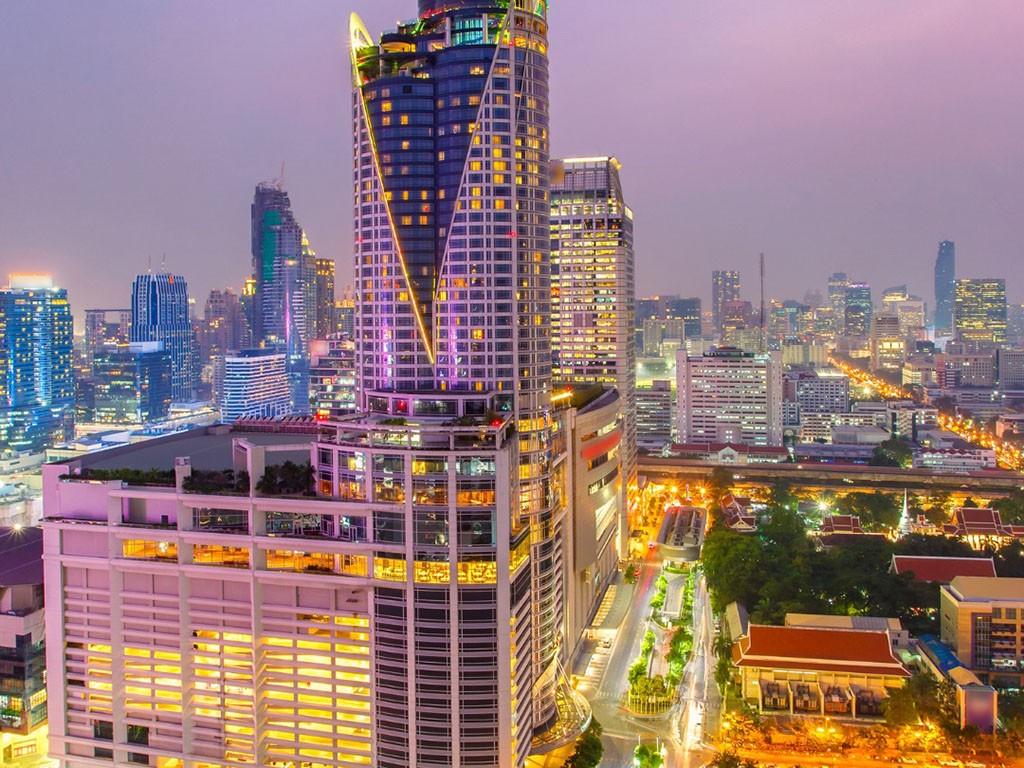“This temple is renowned for being constructed entirely of pristine white Italian marble, combining Thai and European artistic elements, making it a significant religious and tourist landmark in Bangkok.”
Wat Benchamabophit Dusitvanaram was originally a local temple named Wat Laem, due to its location at the tip of a peninsula adjoining rice fields. It was also known as Wat Sai Thong because there may have been banyan trees within the temple grounds.
In 1826 (B.E. 2369), during the reign of King Rama III, the rebellion of Prince Anouvong of Vientiane took place. King Rama III appointed Prince Phanurangsi (Phra Phithak Phokapho Benthon), his son, as commander to suppress the rebellion, establishing his headquarters at Wat Laem. After defeating the rebellion, he, along with four siblings sharing the same mother, jointly restored the temple and built five stupas in front of it.
Later, King Rama IV renamed the temple Wat Benchamabophit, meaning “Temple of Five Princes.”
The ordination hall was first constructed in 1898 (B.E. 2441) during King Rama V’s reign, who purchased land between the Phadung Krung Kasem and Samsen canals to build his private residence called “Dusit Garden” (present-day Dusit Palace). The land included two ancient temples: the dilapidated Wat Dusit used as a pavilion site and an abandoned temple whose land was needed for road construction. King Rama V ordered the construction of a new temple to replace these, appointing Prince Narisara Nuwattiwong to design and supervise the building of the ordination hall and other structures, with Phraya Ratsadanupradit as chief engineer.
King Rama V officially granted the temple land as sacred ground and named it Wat Benchamabophit to honor his reign and to mark the Chakri dynasty succession. Later, the adjoining land known as Dusitvanaram was added to the temple precinct, leading to its full name Wat Benchamabophit Dusitvanaram.
How to Get There
-
Bus lines 12, 18, 70 run along Rama 5 Road
-
Taxi or ride-hailing apps
-
Private car with parking available near the temple
Travel Tips
-
Visit in the early morning or late afternoon to avoid strong sun and crowds
-
Dress respectfully appropriate for temple visits
-
Avoid photography in prohibited areas
-
Try local food and snacks nearby
-
Maintain quiet and respectful behavior within the temple grounds
Admission Fee:
-
Free for all visitors
Opening Hours:
-
Open daily 06:00 – 18:00











































